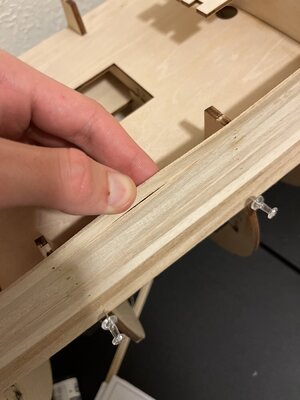-

Win a Free Custom Engraved Brass Coin!!!
As a way to introduce our brass coins to the community, we will raffle off a free coin during the month of August. Follow link ABOVE for instructions for entering.
You are using an out of date browser. It may not display this or other websites correctly.
You should upgrade or use an alternative browser.
You should upgrade or use an alternative browser.
- Joined
- Oct 9, 2020
- Messages
- 2,157
- Points
- 488

I don"t find it enough just to glue the planks to the edges of the bulkheads. There is too much give in the planks and it doesn't look even.
Howdy,
If you don't glue the planks to each other there is too much flex and it won't sand right (at least that's what I have experienced). I used PVA for that part (and CA to bond to the bulkheads/frames).
Best of luck with your build.
If you don't glue the planks to each other there is too much flex and it won't sand right (at least that's what I have experienced). I used PVA for that part (and CA to bond to the bulkheads/frames).
Best of luck with your build.
Yes! ALWAYS glue the planks edge-to edge to each other. The planking becomes a solid shell, and very strong.
One thing to consider when planks are on concave or convex curves is the need to taper the edges to accomodate the angled contact faces for a tight flush fit which asssures glue penetration and adhesion. It takes some time but it is worth the effort to have better "aligned" strakes of planks. Where there is no curve involved then a square edge works well. Just a consideration. Rich (PT-2)Yes! ALWAYS glue the planks edge-to edge to each other. The planking becomes a solid shell, and very strong.
- Joined
- Oct 9, 2020
- Messages
- 2,157
- Points
- 488

Hi. A question if you don't mind:One thing to consider when planks are on concave or convex curves is the need to taper the edges to accomodate the angled contact faces for a tight flush fit which asssures glue penetration and adhesion. It takes some time but it is worth the effort to have better "aligned" strakes of planks. Where there is no curve involved then a square edge works well. Just a consideration. Rich (PT-2)
I have always wanted to do that, but not sure how to implement so that the edges are tapered properly.
do you have some sort of jig to do that, or do you just use a file and you sand the edge until you think it looks ok?
- Joined
- Feb 18, 2019
- Messages
- 716
- Points
- 353

To answer the question in the original post = yes, glue should be applied to the edge each plank to form a solid shell.
And now to expand of what was said further down from the original question, one should not get confused between "taper" and "bevel".
When planking a hull, you will generally need to consider both, as they work in tandem because of the shapes needing to be covered.
The taper is the change in the width of the plank from one end to the other (on the plank itself). For example: when the same number of planks is required between the front and the middle area of the hull.
The bevel is the progressive change in the angle cut in the edge of the planks over its length, so that each plank tightly fit the one above and below.
In both cases the thickness at the edge of the plank is constant.
G.
And now to expand of what was said further down from the original question, one should not get confused between "taper" and "bevel".
When planking a hull, you will generally need to consider both, as they work in tandem because of the shapes needing to be covered.
The taper is the change in the width of the plank from one end to the other (on the plank itself). For example: when the same number of planks is required between the front and the middle area of the hull.
The bevel is the progressive change in the angle cut in the edge of the planks over its length, so that each plank tightly fit the one above and below.
In both cases the thickness at the edge of the plank is constant.
G.
- Joined
- Oct 9, 2020
- Messages
- 2,157
- Points
- 488

Hi, In regards to beveling the edges, do you use a jig of some sort?To answer the question in the original post = yes, glue should be applied to the edge each plank to form a solid shell.
And now to expand of what was said further down from the original question, one should not get confused between "taper" and "bevel".
When planking a hull, you will generally need to consider both, as they work in tandem because of the shapes needing to be covered.
The taper is the change in the width of the plank from one end to the other (on the plank itself). For example: when the same number of planks is required between the front and the middle area of the hull.
The bevel is the progressive change in the angle cut in the edge of the planks over its length, so that each plank tightly fit the one above and below.
In both cases the thickness at the edge of the plank is constant.
G.
without any doubt. Do not forget to shape the lower edge. start from about 2 mm below the main deck with 2-3 planks. then measure the main bulkhead and divide by the with of the plank. this will give you info on how many planks are needed. then going forward this measure are changing for each bulkhead and the planks will have to be shaped accordingly. the best way is to fill out the gap between bulkhead -at least from the bottom up to the lower gundeck. sand it and you know have a nice a smush hull. there are many ways of doing it. Solly from the management used a speciAL PRODUCTI don"t find it enough just to glue the planks to the edges of the bulkheads. There is too much give in the planks and it doesn't look even.
Attachments
-
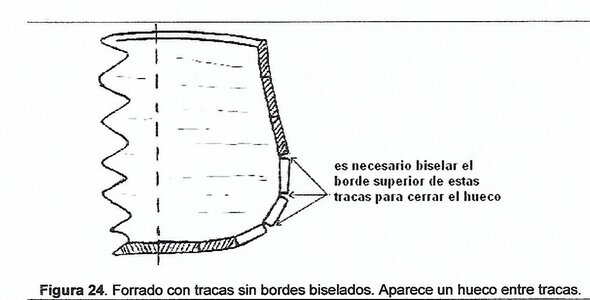 01-DRAWEING HULL-111 (11).jpg115.1 KB · Views: 82
01-DRAWEING HULL-111 (11).jpg115.1 KB · Views: 82 -
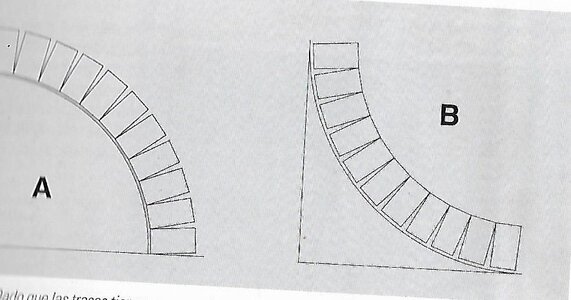 01-DRAWEING HULL-111 (7).jpg148.1 KB · Views: 74
01-DRAWEING HULL-111 (7).jpg148.1 KB · Views: 74 -
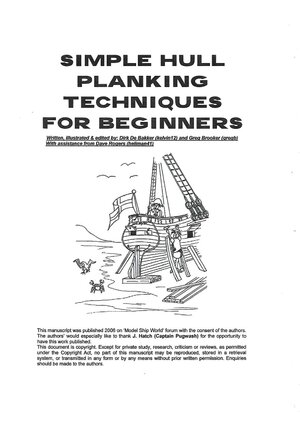 01-DRAWEING 001.jpg159.7 KB · Views: 79
01-DRAWEING 001.jpg159.7 KB · Views: 79 -
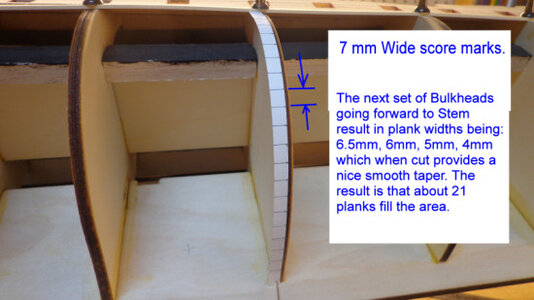 BB-09-02 MESURING.jpg61.9 KB · Views: 80
BB-09-02 MESURING.jpg61.9 KB · Views: 80 -
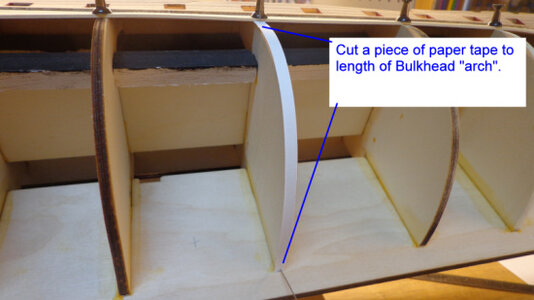 BB-09-01 MESURING BULKH.jpg68.2 KB · Views: 79
BB-09-01 MESURING BULKH.jpg68.2 KB · Views: 79 -
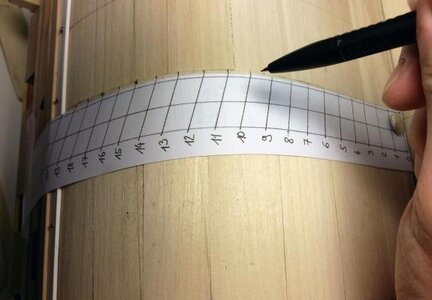 BB-09-03 MESSURING.jpg26.8 KB · Views: 73
BB-09-03 MESSURING.jpg26.8 KB · Views: 73 -
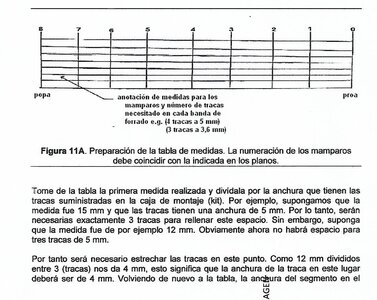 BB-09-05-SCALE.jpg364.6 KB · Views: 80
BB-09-05-SCALE.jpg364.6 KB · Views: 80 -
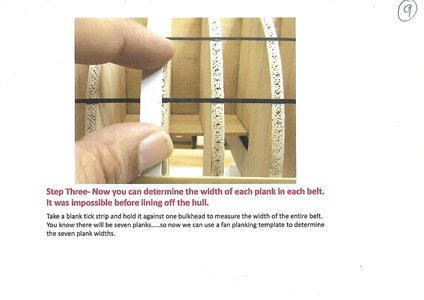 BB-09-04 MESSURING.jpg145.2 KB · Views: 81
BB-09-04 MESSURING.jpg145.2 KB · Views: 81
I just used a sanding stick or a sanding block to bevel. It was my habit to taper as needed, and then bevel as needed, the TOP edge of the next plank to be installed (working from the wales down). That way the bottom edge is straight and true and smooth as a guide for the next strake...Hi, In regards to beveling the edges, do you use a jig of some sort?
If you don't have this primer you find find it helpful: Hull Planking for Beginners. I'm a beginner and this guide was helpful.
- Joined
- Oct 9, 2020
- Messages
- 2,157
- Points
- 488

ok thanks. looking forward to adding the bevels on my next project. It should make the gaps between the planks a lot smaller. Now that I think about it a little more, I don't even know if it would be possible to make a jig because the angle of the bevel changes as you go down the boat. Thanks for the linkI just used a sanding stick or a sanding block to bevel. It was my habit to taper as needed, and then bevel as needed, the TOP edge of the next plank to be installed (working from the wales down). That way the bottom edge is straight and true and smooth as a guide for the next strake...
If you don't have this primer you find find it helpful: Hull Planking for Beginners. I'm a beginner and this guide was helpful.
- Joined
- Oct 9, 2020
- Messages
- 2,157
- Points
- 488

sorry Max Resh. I didn't mean to take over your post. I just thought this information was relevant to the discussion.
I do have a long vise/clamp for such long work but I do not use it for that. I work by hand with a small file or sandpapered stick setting the piece on a larger block so that my sanding hand can approach the edge from a lower angle and stroke along the piece rather than across it. It usually takes a few passes to achieve the angle that I thin is correct. For the curved surfaces both edges are tapered and the bottom one needs to be worked to mate with the one previously tapered and in place. That gives an indication as to how the upper edge needs to be tapered. Rich (PT-2)Hi. A question if you don't mind:
I have always wanted to do that, but not sure how to implement so that the edges are tapered properly.
do you have some sort of jig to do that, or do you just use a file and you sand the edge until you think it looks ok?
- Joined
- Nov 28, 2020
- Messages
- 160
- Points
- 88

También pegamento entre las tablas, sin dudaHola a todos,
Estoy construyendo San Felipe 1/50 y estoy en fase de entarimado. Me preguntaba si debería aplicar pegamento entre las tablas o solo las costillas del barco.
Gracias,
Max
- Joined
- Feb 21, 2020
- Messages
- 103
- Points
- 58

I didn't know about beveling the planks. That bit of info is why this forum is so useful.
- Joined
- Jan 22, 2021
- Messages
- 6
- Points
- 3

Gracias Juan!También pegamento entre las tablas, sin duda
- Joined
- Jan 22, 2021
- Messages
- 6
- Points
- 3

Thank you PaulHowdy,
If you don't glue the planks to each other there is too much flex and it won't sand right (at least that's what I have experienced). I used PVA for that part (and CA to bond to the bulkheads/frames).
Best of luck with your build.
- Joined
- Jan 22, 2021
- Messages
- 6
- Points
- 3

Thank you Darvis! Love your answerYes! ALWAYS glue the planks edge-to edge to each other. The planking becomes a solid shell, and very strong.
Hallo @Max ReshHi all,
I’m building San Felipe 1/50 and I’m in the planking phase. I was wondering whether I should apply glue in between planks or just the ribs of the ship?
Thank you,
Max
we wish you all the BEST and a HAPPY BIRTHDAY


